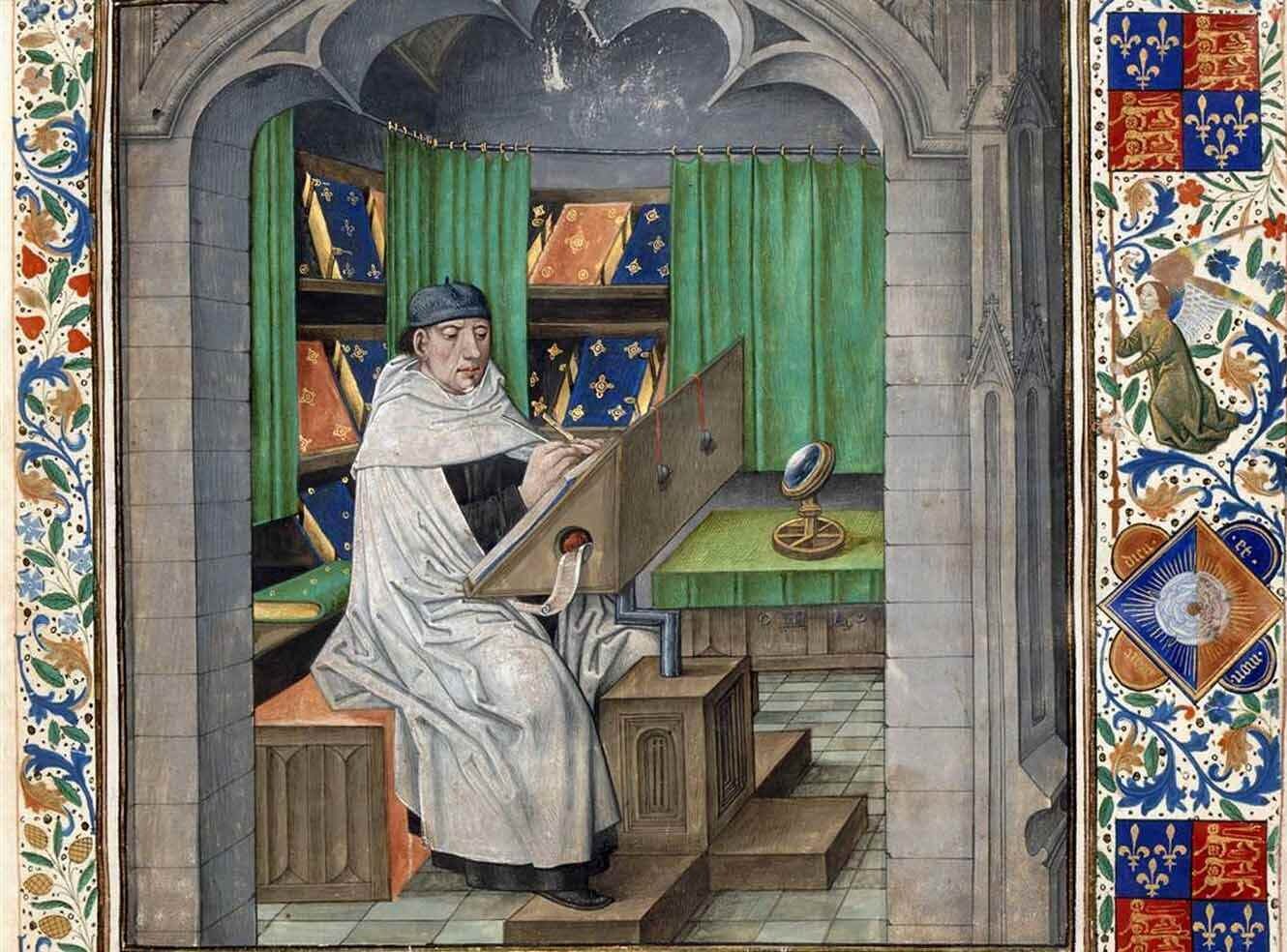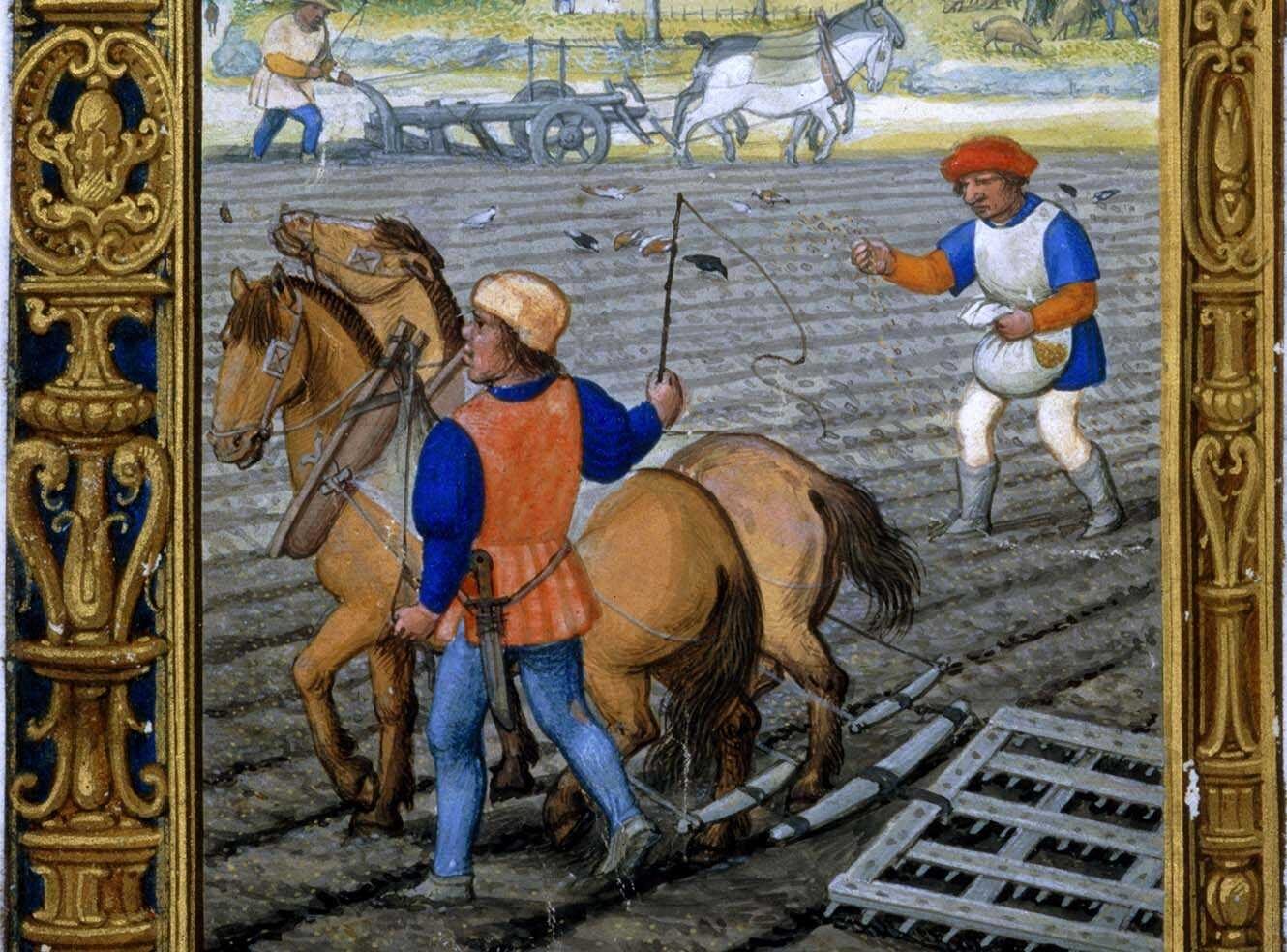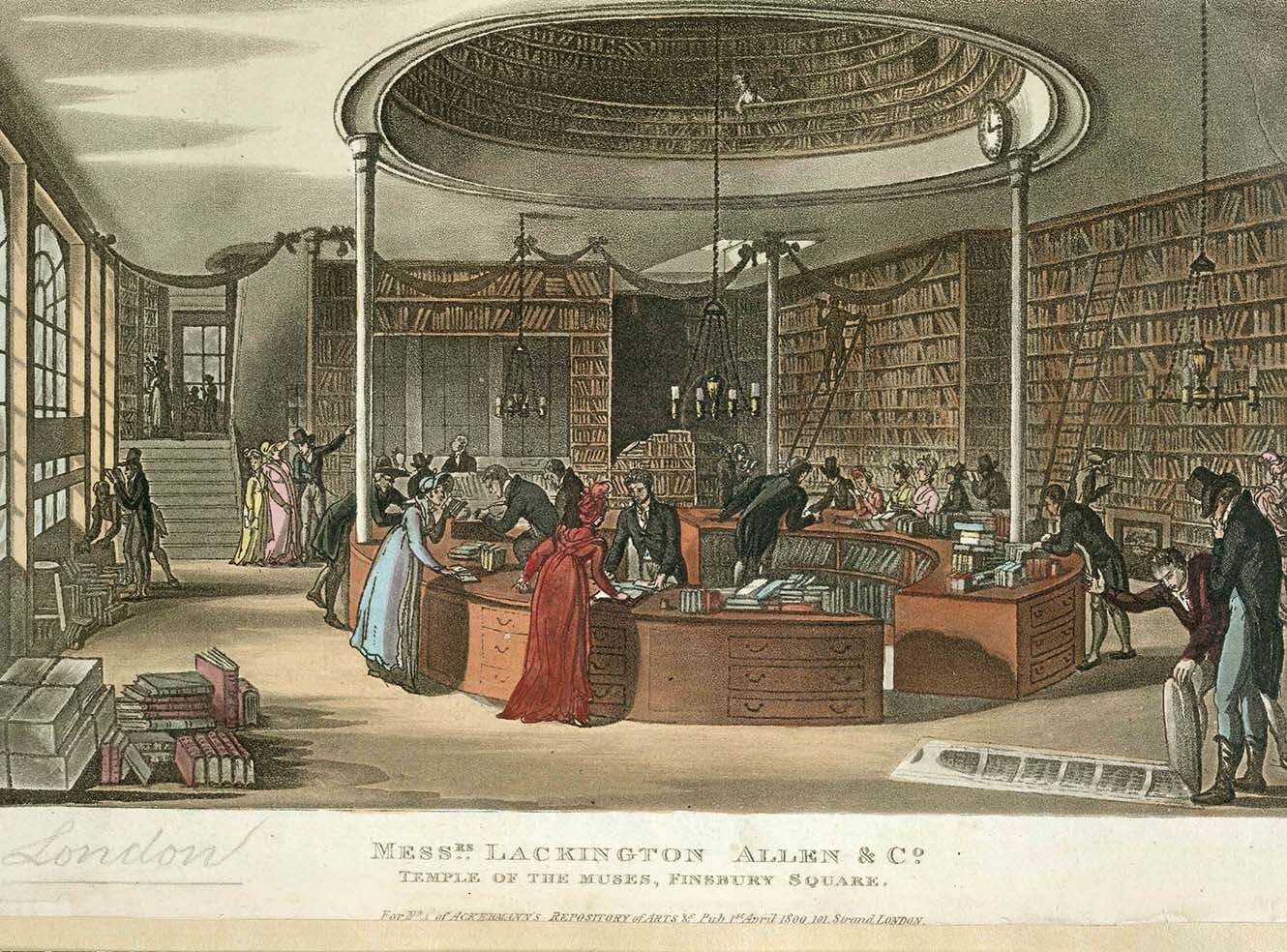The Perdita Project was established in 1997 by the Nottingham Trent University. It is a microfilm collection of approximately 400 manuscripts created by women in the British Isles during the 16th and 17th centuries, consisting of accounts, autobiographical material, cooking recipes, medicinal recipes, poetry, and religious writings.
The word perdita is Latin for "lost," and the Perdita Project was so named because heretofore its writings were "lost" in the sense that they existed only as manuscripts. It has been the work of the project to "rediscover" these works and make them available to researchers.
The collection is now housed at Warwick University. There you will find bibliographical information and descriptions of the contents of manuscripts for use by historical researchers.
Now comes this full-text online product, which links the catalog descriptions with full digital facsimiles of many of the manuscripts. As stated on the product's introductory page online, over 230 of the entries from the Perdita Project were selected to be digitized for this resource: "Many of [the] entries were chosen for the large amount of detail they contain, all of which has been painstakingly captured by the project's dedicated researchers over a number of years."
"Additional cataloguing and images may be added at a future date in an effort to continually improve and update the site and to ensure that this exciting resource remains at the cutting edge of research."
HOW DOES IT WORK? The home page has three sections - Introduction, Documents, and Search - all accessed via miniature portrait images of women whose work is in the collection. The Introduction describes the nature and scope of the file and gives context to the collection via two essays ("Introduction to the Perdita Project Catalogue 1997-2007" by Dr. Jill S. Millman of the University of Warwick and "Renaissance Women's Manuscripts: A Beginner's Guide" by Dr. Jonathan Gibson), a list of the libraries participating in the project, and "the bibliographic sources used in the compilation of the Perdita database that are relevant to the manuscripts included in this AM project."
Documents present an alphabetical listing of the works included, a list of works organized by genre (Account book, Advice, Almanac, Autobiography, Biblical writing, etc.), a list of works available at each of the participating repositories, a chronological listing of works, and a list of works according to language (English, French, Greek, Italian, Latin, and Spanish are all represented within the collection).
Search offers access to the collection by an alphabetical author list, "names in general" (individuals about whom something has been written in the collection), places, genres within documents, first lines in poetry, and first lines in prose.
Throughout all three sections, there is an omnipresent Search box at screen top right letting you do a simple keyword Search. A link to Advanced search lets you limit searching by date, source, document type, genre, and language and also lets you use word stemming and proximity operators.
But that's not all. An extensive Help section offers detailed instructions for using each feature of the file, as well as "Perdita in the Classroom" (ideas for teachers), a remarkably intelligent FAQ that addresses issues of fair use of the material for educational purposes, and contact information.
Can you use it?
I first tried a simple keyword search for "miscarriage" and got two results: the Meditations of Anne, Lady Halkett (7 March 1659-May 1660) and the Diary, Volume 5, of Sarah Cowper (1709-11).
I pulled up the first document description, did a Ctrl+F search of the page for "miscarriage," and found this note: "These meditations cover a range of topics, including her miscarriages, a coal pit, the illnesses of her own children and other children she treated, political events during the Commonwealth, the sacrament, her servants, charitable acts, the weather, fires, the birth of her son Robert on 1 February 1660, and the Restoration of Charles II."
Then I clicked on the manuscript item number link and went directly to the digital scan of the Lady Halkett's holographic meditations. Taking into account the differences in spelling between now and then, I found the pages were quite easy to read. The publisher enhances the ability to read the manuscript by offering a zoom feature ready on the page, and it is simple to move the image around with the mouse.
And then several hours passed as I searched and browsed through this extraordinary resource. I did more keyword searches, browsed through the various listings (the genre section was particularly engrossing; there's some heartbreaking yet fascinating material to be found here), and explored materials available through different repositories.
Throughout, I found it easy to search (but more interesting to browse) and fast and easy to download entire documents for later perusal. The scanning is very good for the most part; in some cases the writing has faded, so you have to zoom in to read the text. But considering the dates of the material, everything is amazingly legible.
How good is it?
This is a truly scholarly resource whose combined content and design merit a resounding ten.
Bottom line
This fine product is recommended for a wider audience than one might first think. Women's studies collections will certainly want access to it, but so, too, will broader history collections, along with cultural studies collections in all academic libraries. AM continues to be a classy - and substantial - act.





